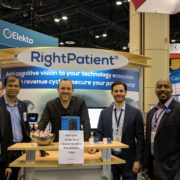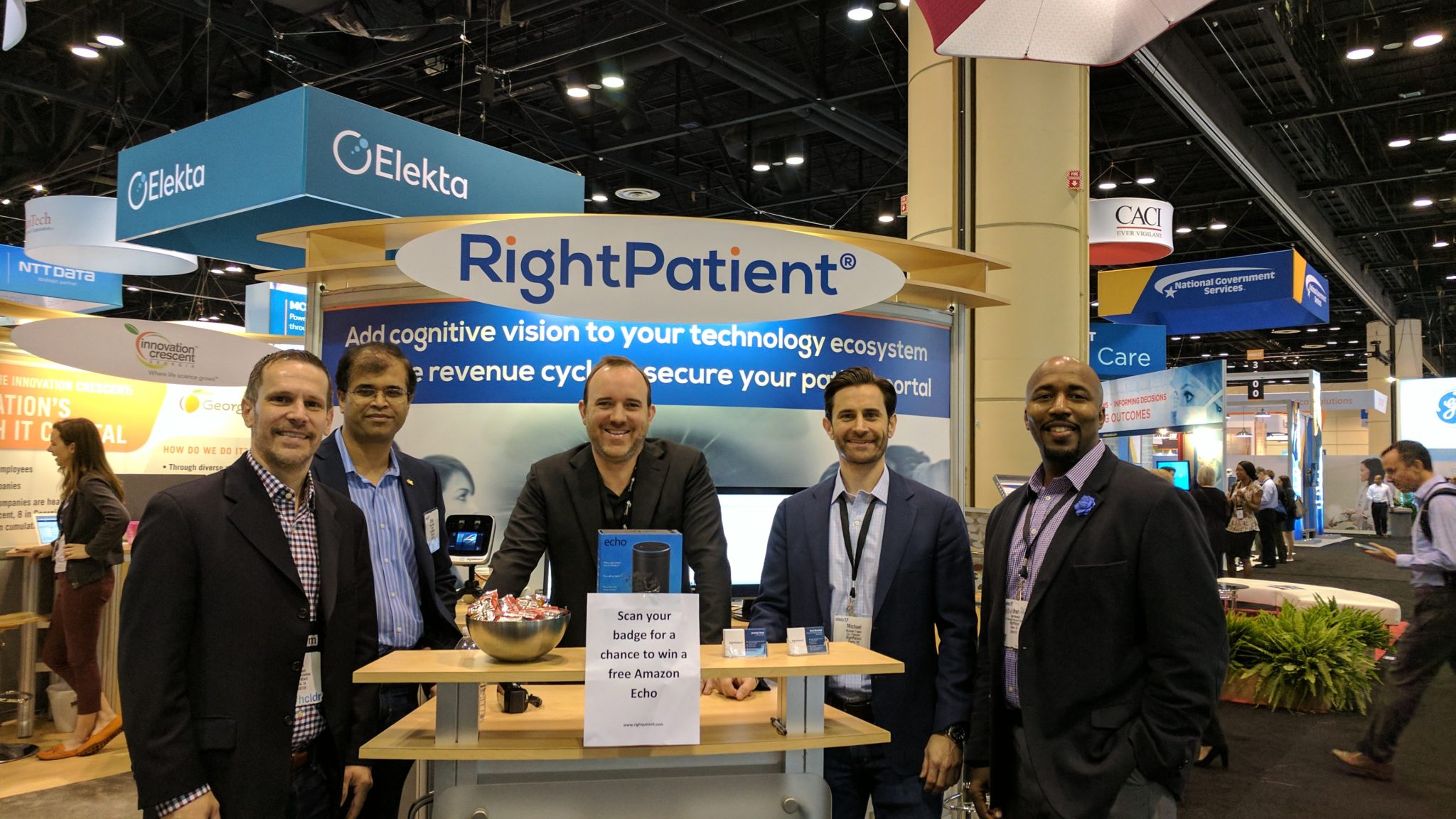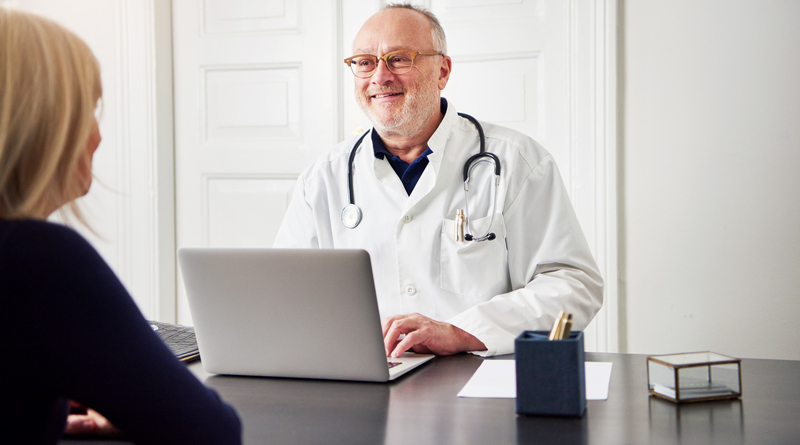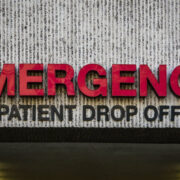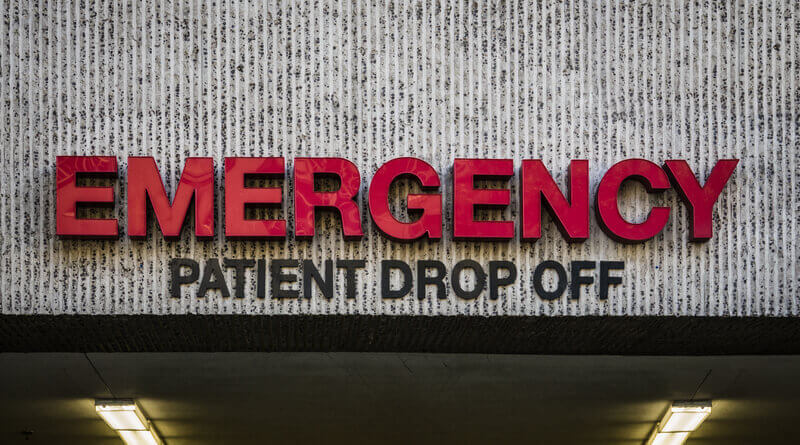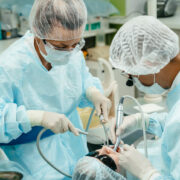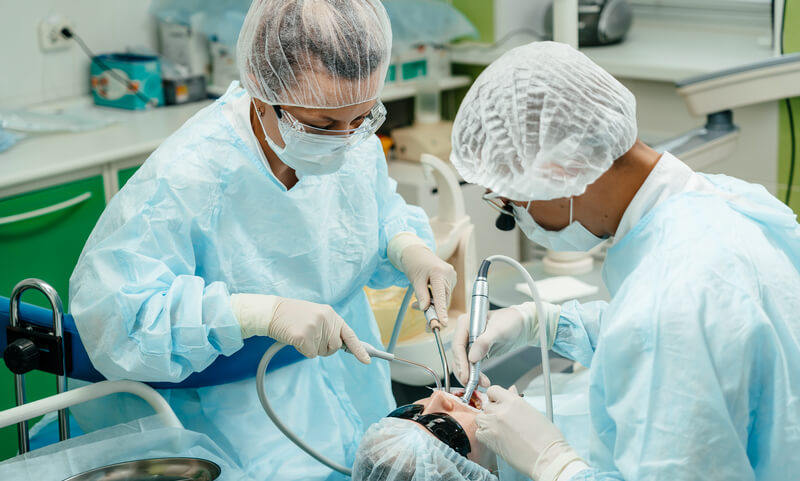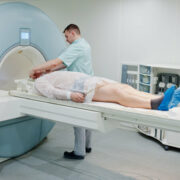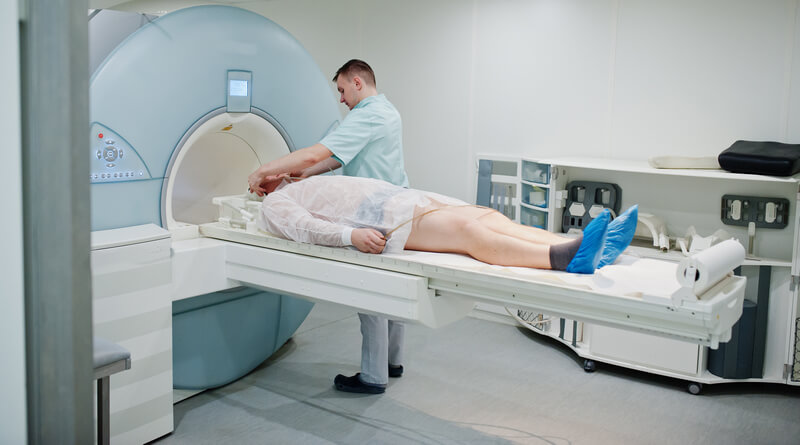5 Ways to Ensure Safety in Pregnant Patients

The following guest post on patient safety in healthcare was submitted by Dixie Somers.
Because so many changes occur in a woman’s body when she is pregnant, doctors, nurses, and other health care workers must approach this patient with caution. If you are caring for a pregnant patient, you must be aware of all of the changes going on in her body and must be aware that typically safe procedures and medications may affect her differently than they would affect non-pregnant individuals. Although most pregnant patients are seen in dedicated OB clinics or are admitted to OB hospital floors, not all are, meaning that you may take care of a pregnant individual one day even if you have not received adequate or complete training in this specialty area.

What are 5 simple steps healthcare providers can take to protect the safety of pregnant patients?
Be Careful with Medications
Many medications affect the pregnant body differently than they affect the non-pregnant body. Besides this, not many medications have been tested on pregnant women. Therefore, many hospitalists do not conclusively know whether certain medications are safe for the fetus. Before prescribing a medication, look carefully at other medications the woman may be taking for possible interactions and consult a drug reference for FDA classifications. Class A is the safest, but occasionally doctors may prescribe Class B or C drugs if they determine that the benefits are greater than the risks.
Be Careful with Radiology
While pregnant women can undergo some radiology, you should not subject them to more than is absolutely necessary for the health of the fetus. You may wish to try to delay treating certain medical issues until after pregnancy. However, when you must, pregnant women can undergo x-rays, CT scans or MRIs as well as ultrasounds. Contrast material should not be used.
Consult with the Obstetrics Physician
If you have not received adequate training in obstetrics or gynecology, you simply do not have the knowledge base the woman’s primary OB doctor has. Before prescribing drugs or treatments, consult with the attending physician. He or she may know about underlying conditions or pregnancy risks that would affect your treatment choices or the health of the mother.
Be Aware of Physiologic Changes
Many changes occur in the pregnant woman’s body that can affect her health, particularly during certain treatments. Be aware of the possibility for high blood pressure or gestational diabetes. Other changes that can affect your care of her include high incidences of asthma, increased cardiac output, decreased hematocrit and increased creatinine clearance rates.
Be Careful with Inductions
If you are the attending physician or OB nurse, you will want to be very careful with inducing a pregnant patient. Inductions can produce harder labors and deliveries and can be quite difficult for the mother and the child. Inductions before 40 weeks are rarely indicated. Instead, ensure that the fetus has plenty of time to mature by waiting until 41 or 42 weeks before inducing.
If you do not feel comfortable making a certain decision as you care for a pregnant patient, be sure to consult with the patient’s primary physician or with a nurse or other health care worker skilled in this field. You will not be looked down on for putting the patient’s needs before your own reputation. In fact, you will most likely gain a reputation among your colleagues and patients as being a careful and safe worker.
Dixie Somers is a freelance writer and blogger from Phoenix, Arizona, who loves most to write for health, technology, and business niches. Dixie is the proud mother of three beautiful girls and wife to a wonderful husband.












